Displaying goods on the sales floor of a store is an important direction of merchandising, based on an understanding of human psychology and aimed at increasing sales. Its purpose is to lay out the goods on the shelves in such a way as to implement the company’s marketing strategy.
A huge share in the perception of goods is played by what the buyer sees with his eyes – 83%. Then, in decreasing order, there are sound, smell, touch and taste. The first impression is made in 10 seconds, and buyers remember bad things much better than good ones.
Read also: “Trade marketing: its tools and strategies, trade marketing shares”
Rules for displaying goods
The product is laid out according to certain rules and strategies. It is necessary to comply with the laws of perception and psychology of the buyer.
- Assortment . Products should be laid out according to size, color, without any chaotic mixing. It gives a sense of integrity and stability.
- Zoning – one product group is located in one area of the product floor.
- Blocks – products of one type and one brand are laid out in a single block. The blocks should not contain competitors’ products.
- Optimal length . Too short display does not hold the customer’s attention, too long – scatters.
- Product Features . Baby products should be placed on the lower shelves for babies to reach. And quickly perishable products should be as accessible as possible and catch the eye faster than other names. That is why the shelves with vegetables and fruits are the closest to the entrance to the supermarket.
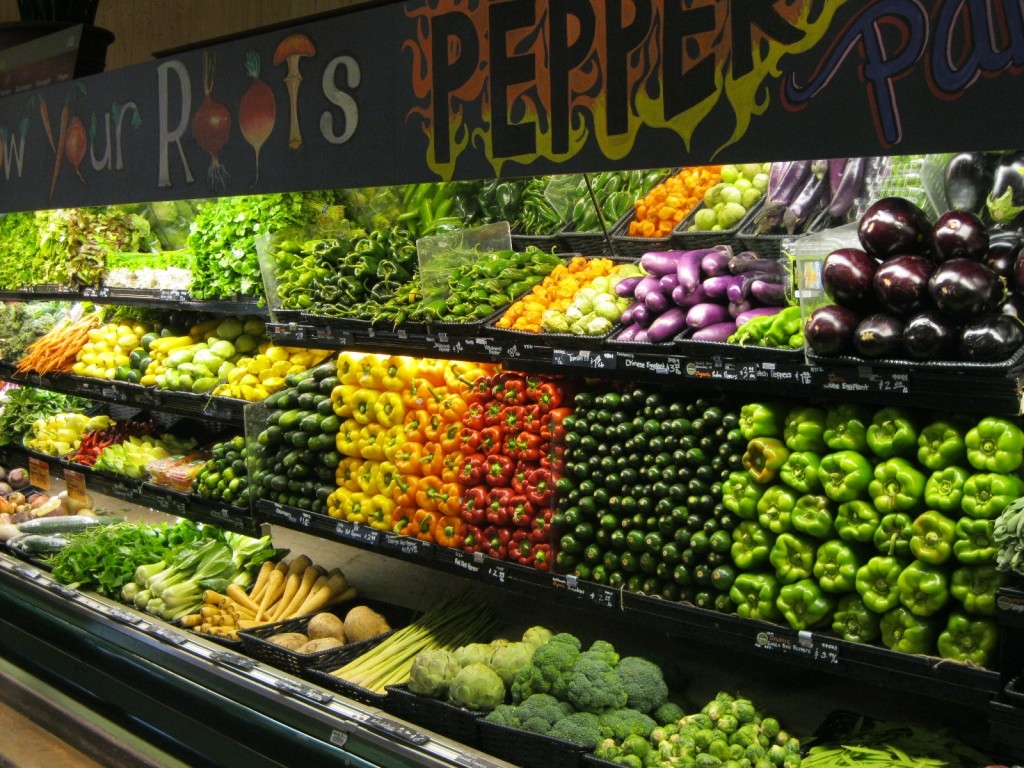
There are other merchandising rules to follow:
- good product overview;
- availability of goods – by arm’s length;
- tidiness of shelves, good labeling;
- filled shelves with no empty spaces;
- attractive packaging;
- assigning places for the same goods.
Display of goods depending on the type of demand
Important Principle: Products that are fast selling or advertised at the current time take up more shelf space than slow-selling products. Moreover, both categories cannot be made neighbors – they will affect each other’s sales. Next to the “hot” demand products are the products of “impulse purchases”. Such purchases are made under the influence of an instant decision.
Product display rules are included in retail branding. Order retail branding at KOLORO branding agency!
Impulse goods do not need to be in a specific zone. Impulse goods include, for example, gum, magazines, kinder surprises. Often in supermarkets, chips are found in several outlets: next to beer, at the checkout, at the shelves with soft drinks. Gum is found only in checkout areas. Kinder surprises, “Bounty” chocolates, in theory, should be in the sweets section, but they are still taken out to the checkout counters, since these are goods of impulse demand.
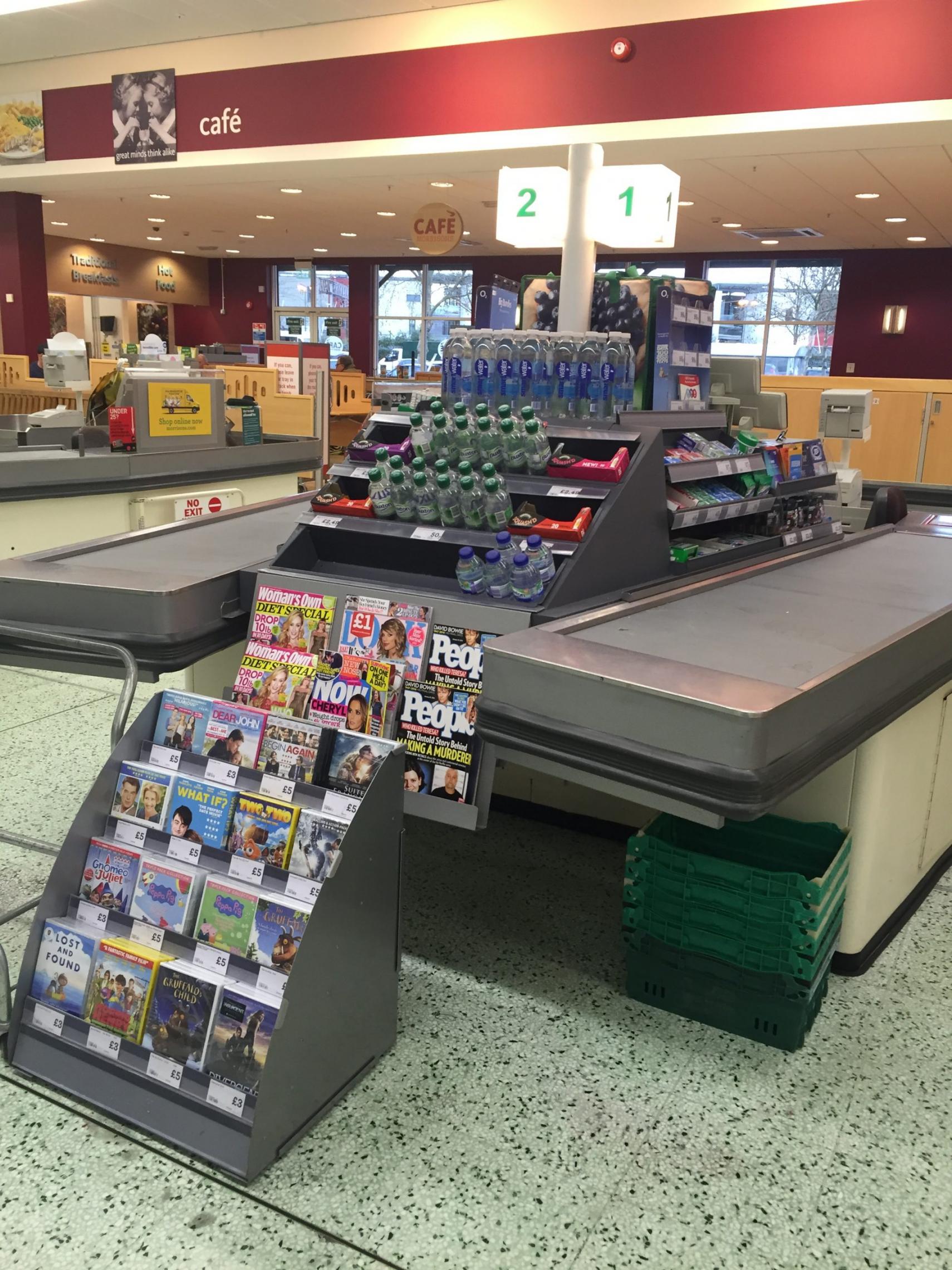
Merchandising distinguishes between the concept of “hot” and “cold” showcases. The former are those where visitors stay more often, the latter attract significantly fewer customers. It depends not only on the popularity of the product, but also on the location of the showcase in the hall – not everyone reaches, for example, to household goods in a supermarket.
As for the shelves, the most favorable location is at eye level. Further, the buyer’s gaze moves in the same way as when reading. Therefore, products of smaller volume and more expensive ones are placed to the left. Large volume products with low prices should be placed to the right.
Arrangement of goods in the store by blocks and colors
Color-matched product placement grabs attention and creates a positive feeling. “Colorful merchandising” creates a harmony of visual space, which attracts more visitors who are greedy for a beautiful sight.
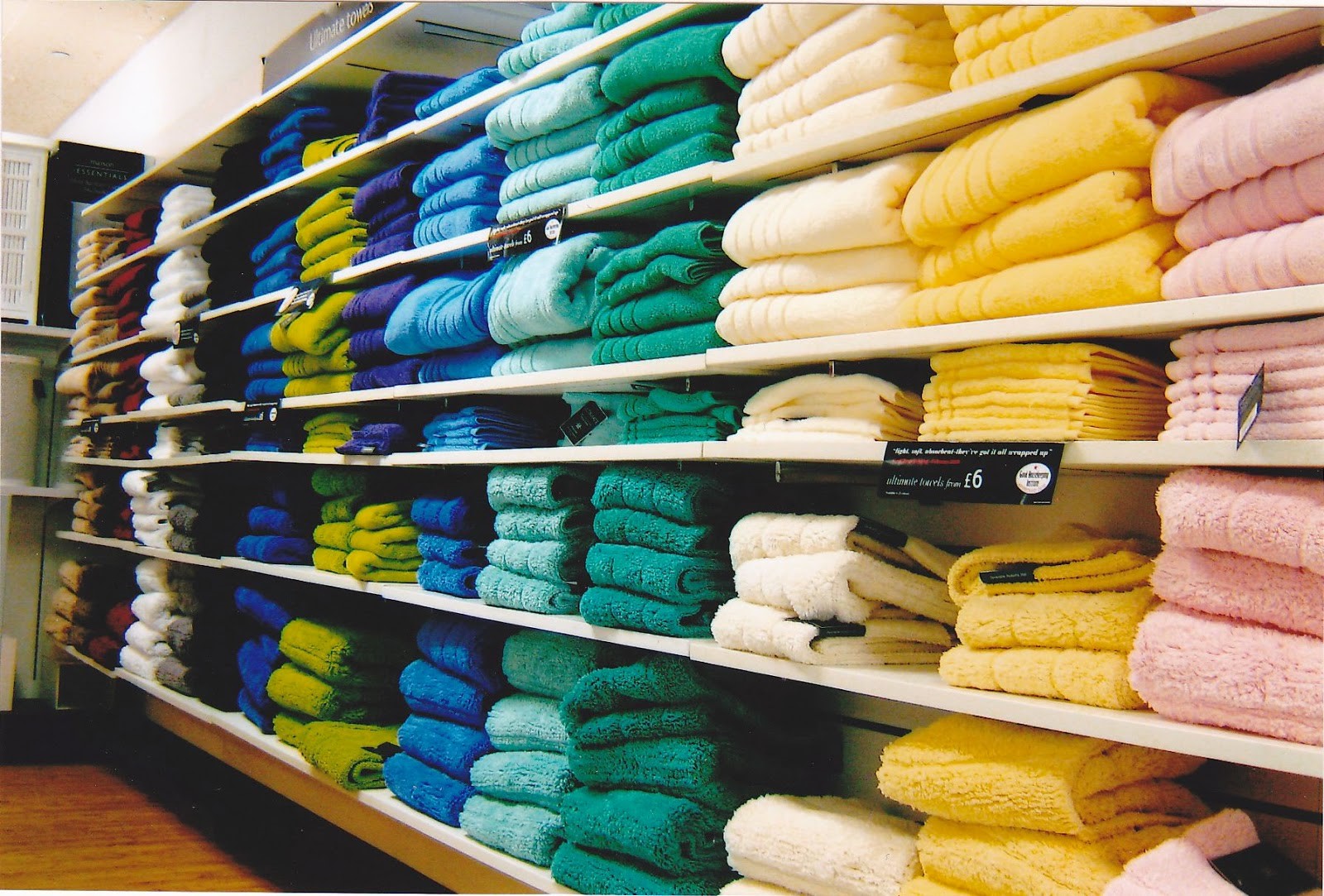
Layout in vertical blocks is more profitable than horizontal ones. Products of the same type are distributed vertically on several shelves, from top to bottom. Thanks to this, the buyer is better informed.
Zoning and visual merchandising is an art that drives real sales growth. Order in branding agency KOLORO visual marketing service!
Layout by purpose
The photos below show two types of layouts by purpose. On the first – decorative layout, on the second – commercial. Decorative is more often used in display cases and in points where goods are sold through the checkout counter. It is also popular in interior shops, bookstores, gift and souvenir shops.
Product display is used in self-service stores – wherever the customer picks up products from the shelf himself and then checks out at the checkout.

Concepts and Product Display Strategies
In order for the consumer to better navigate in the store, it is necessary not only to lay out the goods in vertical blocks and save places behind the products. It is advisable to group the product according to some concept. Products can be grouped according to any criteria:
- ideological – “everything for the kitchen”, “everything for the beach”;
- by type – “all kefirs are in one block, fermented baked milk and yoghurts are next to each other”;
- price equalization – arrangement of goods of the same price category next to each other;
- by purpose;
- corporate blocks.
Idea groups are used in design, handicraft, hardware stores. In the household chemicals market, for example, products are arranged according to “sectors” – detergents for the kitchen, bathroom and toilet, garbage bags, cosmetics for body care. On holidays there can be a grouping, for example: “All for the New Year”.
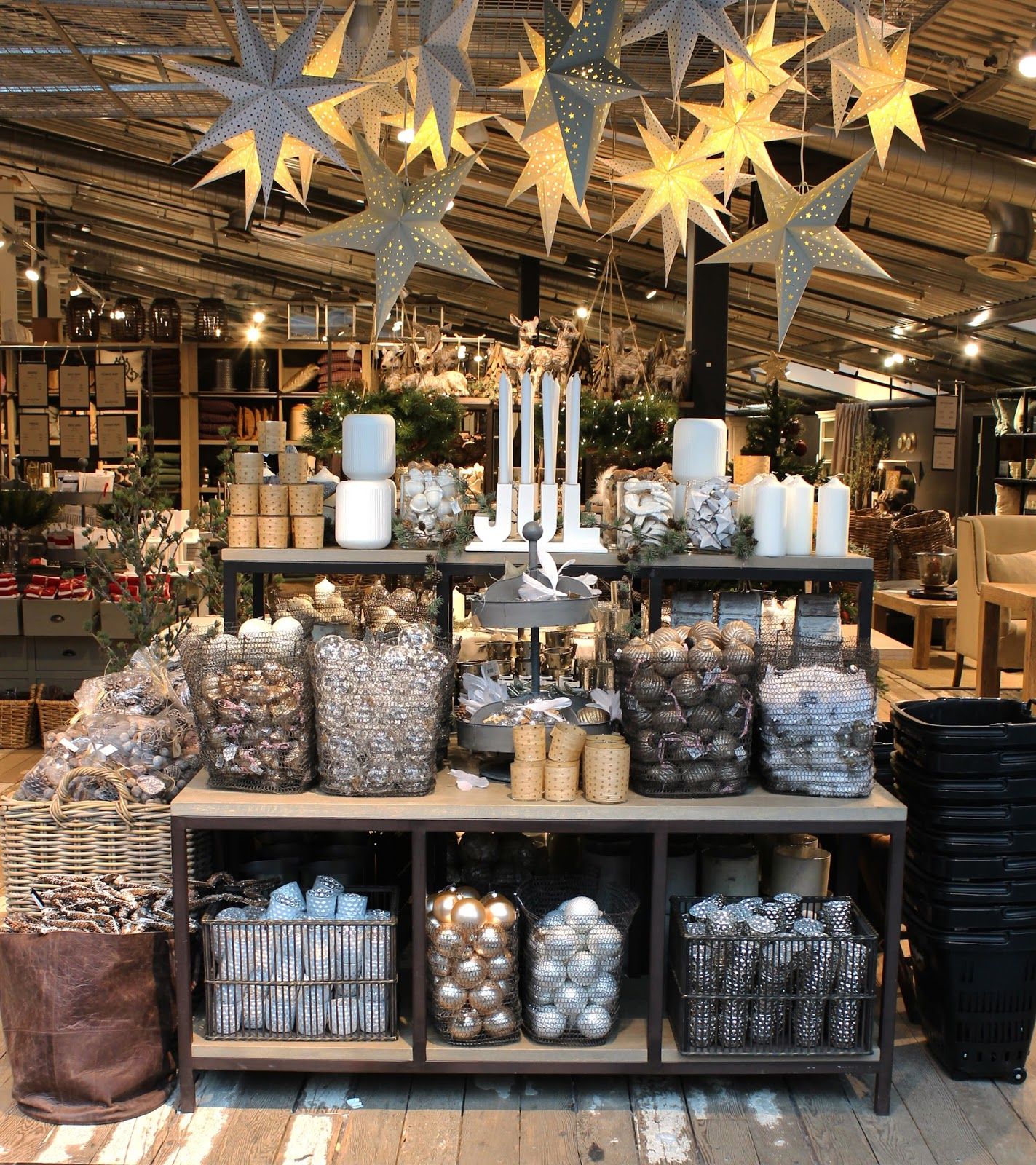
Distribution by type, type and style of products is used in large supermarkets, and large retailers follow this strategy in the overwhelming majority of cases. The point is that buyers don’t like the pressure of brands and corporations where it is not overly appreciated. In addition, such a layout reduces the time to buy.
Read also: “Branding and marketing, minimarket network design”
Corporate blocks are smart in cosmetics, tech, or clothing stores, where consumers often target familiar brands. Here, the shopping time can be quite long – buyers, as a rule, come in their free time, not “after-work-rather-dinner”, in no hurry.
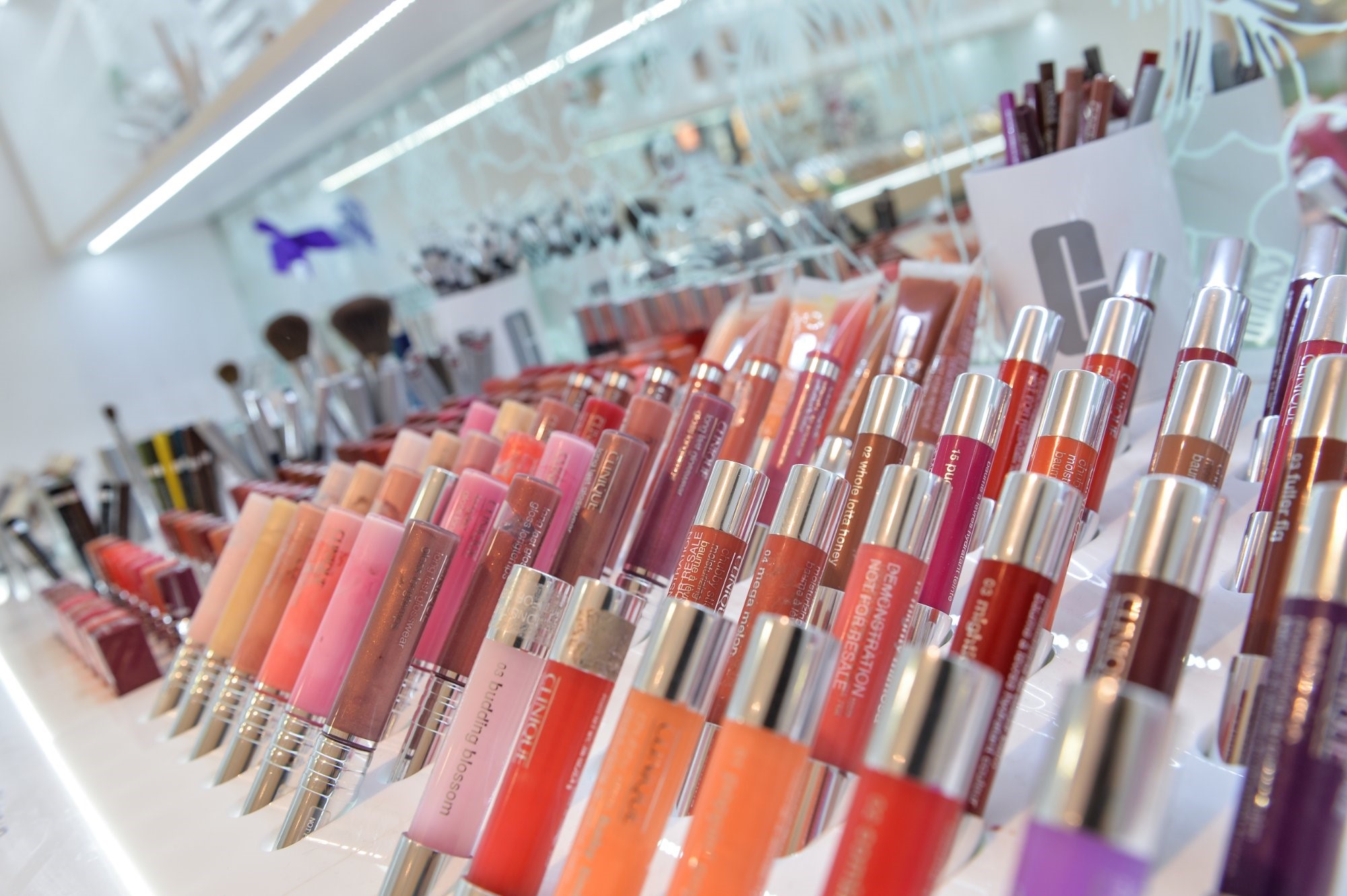
Price equalization is used when price is what matters to the consumer. In practice, this is implemented in the same supermarkets as follows: “Everything on one shelf for 10 UAH”. This is often found in second-hand shops, where periodically during sales they group clothes according to the size of the discount – 25%, 50%, 70% discount.
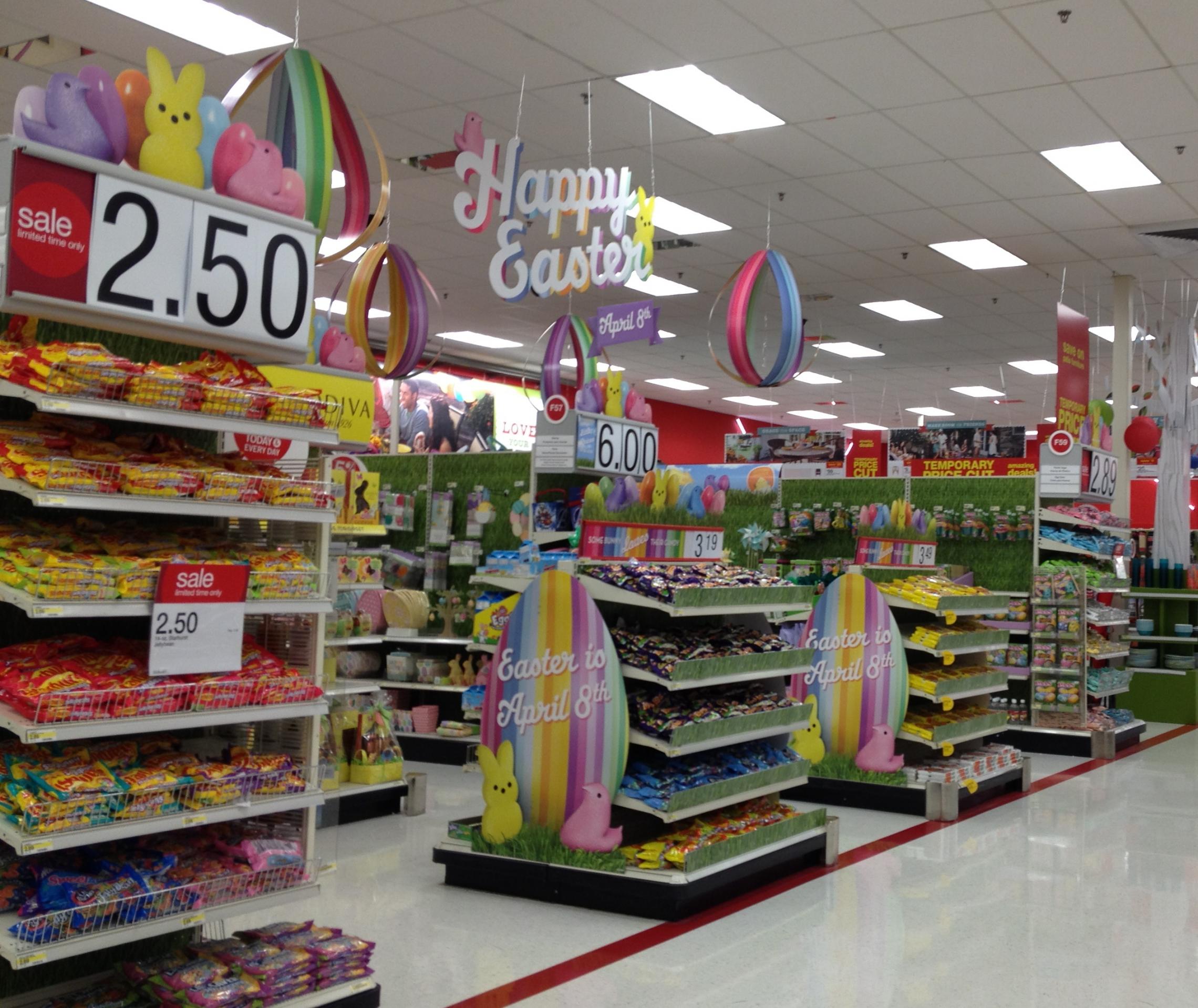
Grouping by purpose is used, for example, when displaying goods in a pharmacy: on one shelf the buyer sees remedies for migraines, on the other – for a cold, on the next shelf – medications for heart diseases. This approach is also possible in a discount or gift shop, which sells goods for various purposes, from tableware to clothing.
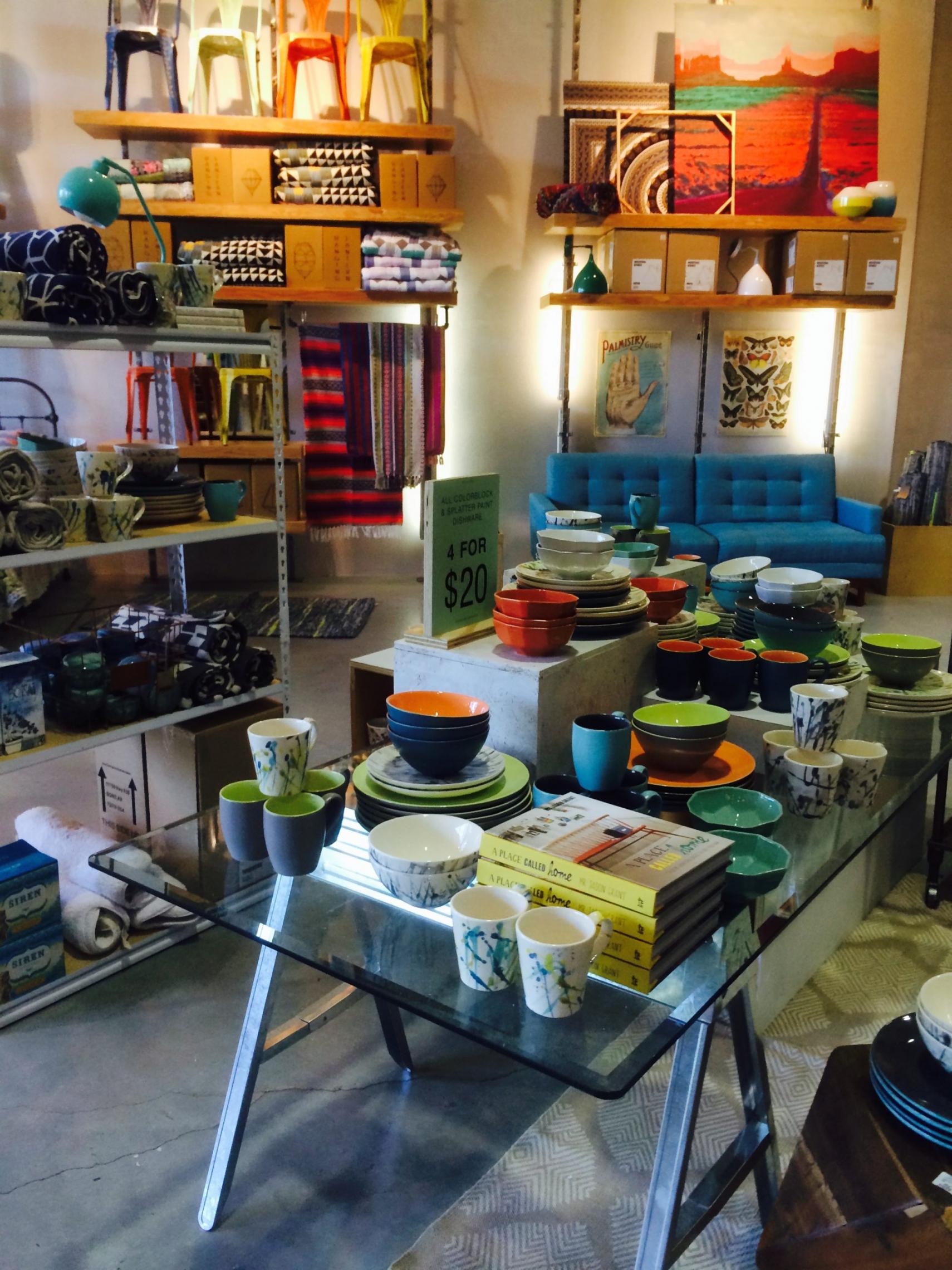
Display of goods in a pharmacy
The pharmacy product display has its own characteristics. Here the goods are laid out in such a way that the following principles are observed:
- the buyer easily finds the product, rarely contacting the seller;
- he chooses a more effective and safer drug from similar drugs (most often at a higher price);
- customer makes impulse purchases.
In order for the client to quickly and easily select a product, you should put the main OTC product groups on the “hot” showcases. These main groups include: medicines for colds and allergies, gastrointestinal drugs, vitamins, ointments, pain relievers, cosmetics and dietary supplements. It is better to leave the choice of these drugs to the buyers themselves in order to free up the seller’s time.
 0
0
Shelves should not be overloaded with goods; a small space should be left between packages. Then it will be easier for the buyer to perceive the product. Plus, more expensive drugs are put in the forefront, and cheap ones in the second. The fact is that the buyer looks first at the first row, then at the next. What he sees first, he is more inclined to acquire.
See also: “Development of corporate identity for pharmacies”
In pharmacies, the rule of “corporate blocks” or sorting by product type is not always suitable. Many products are better sold in the complex. That is, there should be cough suppressants and antiviral drugs next to the nose drops. These medications are often prescribed together because they enhance each other’s actions. In this case, the buyer will buy not one, but three products.
Conclusion: what is effective merchandising
As you can see from the article, effective merchandising is based on little things. Simply moving a product from the bottom shelf to eye level raises sales by 80%. But not every product should be put there. If you don’t dust off the shelves, all your product display efforts will go to waste. The decorative layout is not suitable in supermarkets: if several goods are taken out of it, the composition will be disturbed. And so on.
Fact – competent merchandising increases sales by 200-300%. Contact the KOLORO branding agency for the development of merchandising standards!


